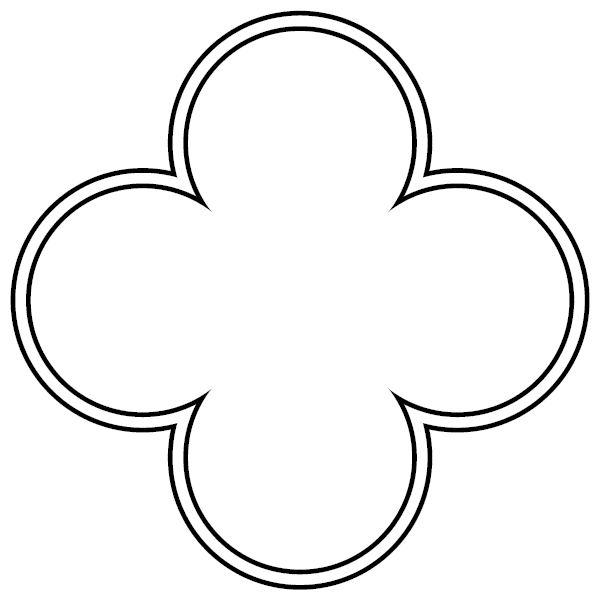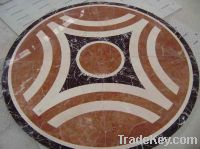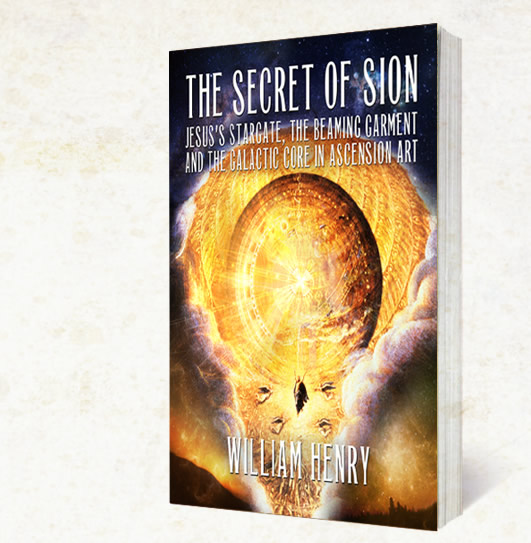ScienceDaily (July 23, 2012) — The truth behind some of the world’s most famous historical myths, including Homer’s epic, the Iliad, has been bolstered by two researchers who have analysed the relationships between the myths’ characters and compared them to real-life social networks.
In a study published online 25 July, in the journal EPL (Europhysics Letters), Pádraig Mac Carron and Ralph Kenna from Coventry University performed detailed text analyses of the Iliad, the English poem, Beowulf, and the Irish epic, the Táin Bó Cuailnge.
They found that the interactions between the characters in all three myths were consistent with those seen in real-life social networks. Taking this further, the researchers compared the myths to four known works of fiction — Les Misérables, Richard III, Fellowship of the Ring, and Harry Potter — and found clear differences.
“We can’t really comment so much on particular events. We’re not saying that this or that actually happened, or even that the individual people portrayed in the stories are real; we are saying that the overall society and interactions between characters seem realistic,” said Mac Carron.
To arrive at their conclusions, the researchers created a database for each of the three stories and mapped out the characters’ interactions. There were 74 characters identified in Beowulf, 404 in the Táin and 716 in the Iliad.
Each character was assigned a number, or degree, based on how popular they were, or how many links they had to other characters. The researchers then measured how these degrees were distributed throughout the whole network.
The types of relationships that existed between the characters were also analysed using two specific criteria: friendliness and hostility.
Friendly links were made if characters were related, spoke to each other, spoke about one another or it is otherwise clear that they know each other amicably. Hostile links were made if two characters met in a conflict, or when a character clearly displayed animosity against somebody they know.
The three myths were shown to be similar to real-life networks as they had similar degree distributions, were assortative and vulnerable to targeted attack. Assortativity is the tendency of a character of a certain degree to interact with a character of similar popularity; being vulnerable to targeted attack means that if you remove one of the most popular characters, it leads to a breakdown of the whole network — neither of these appears to happen in fiction.
Of the three myths, the Táin is the least believed. But Mac Carron and Kenna found that its apparent artificiality can be traced back to only 6 of the 404 characters.
“In terms of degree distributions, all three myths were like real social networks; this wasn’t the case for the fictional networks. Removing the eponymous protagonist from Beowulf also made that network assortative, like real networks.
“For the Táin we removed the ‘weak links’ associated with the top six most connected characters which had previously offset the degree distribution, this adjustment made the network assortative,” continued Mac Carron.
The researchers hypothesise that if the society of the Táin is to be believed, the top six characters are likely to have been fused together from other characters as the story passed orally through the generations.
The researchers acknowledge that there are elements of each of the myths that are clearly fantasy, such as the character Beowulf slaying a dragon; however, they stress they are looking at the society rather than specific events. Historical archaeological evidence has been interpreted as indicating that some elements of the myths, such as specific locations, landmarks and characters, are likely to have existed.
 Some people think that it must be wonderful to be able to pick up and retrieve information of future events that always prove themselves to be accurate. For me its allowed me to really help connect and understand clients and friends at a soul level. Though, with all blessings there come its burdens. Sometimes even when you are so damn sure that something may happen, that may not always be the case. Sure, as they say, the future is never set in stone. But if you’re the type that believes that things happen for a reason, these things -are- set in stone and is the reason why spiritually inclined people can pick up these events. Sometimes no matter what you do, you’ll always be faced by certain events that you may or may not be able to avoid.
Some people think that it must be wonderful to be able to pick up and retrieve information of future events that always prove themselves to be accurate. For me its allowed me to really help connect and understand clients and friends at a soul level. Though, with all blessings there come its burdens. Sometimes even when you are so damn sure that something may happen, that may not always be the case. Sure, as they say, the future is never set in stone. But if you’re the type that believes that things happen for a reason, these things -are- set in stone and is the reason why spiritually inclined people can pick up these events. Sometimes no matter what you do, you’ll always be faced by certain events that you may or may not be able to avoid.








 I’ve been reading a few books lately. I’m still working on David Wilcock’s The Source Field Investigations but I recently had a burning desire to read
I’ve been reading a few books lately. I’m still working on David Wilcock’s The Source Field Investigations but I recently had a burning desire to read 